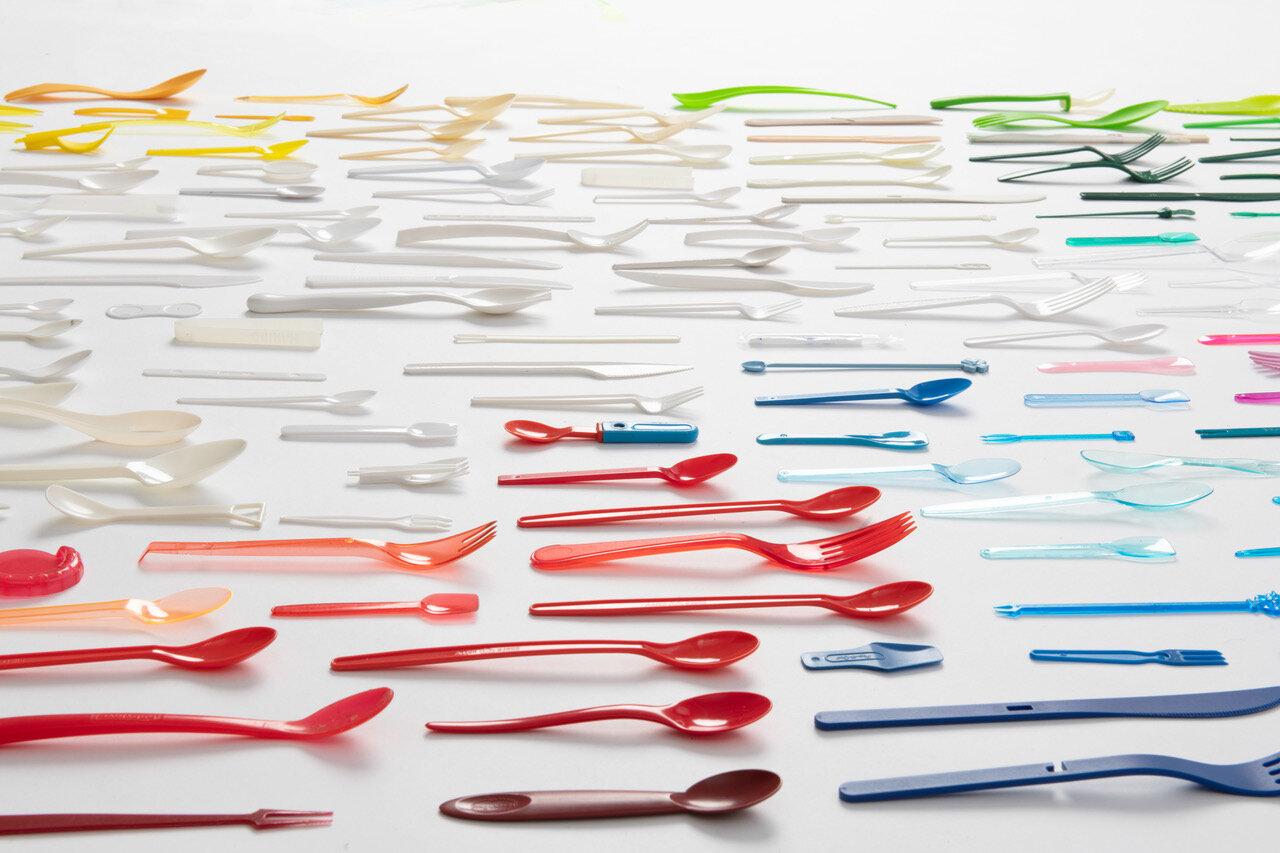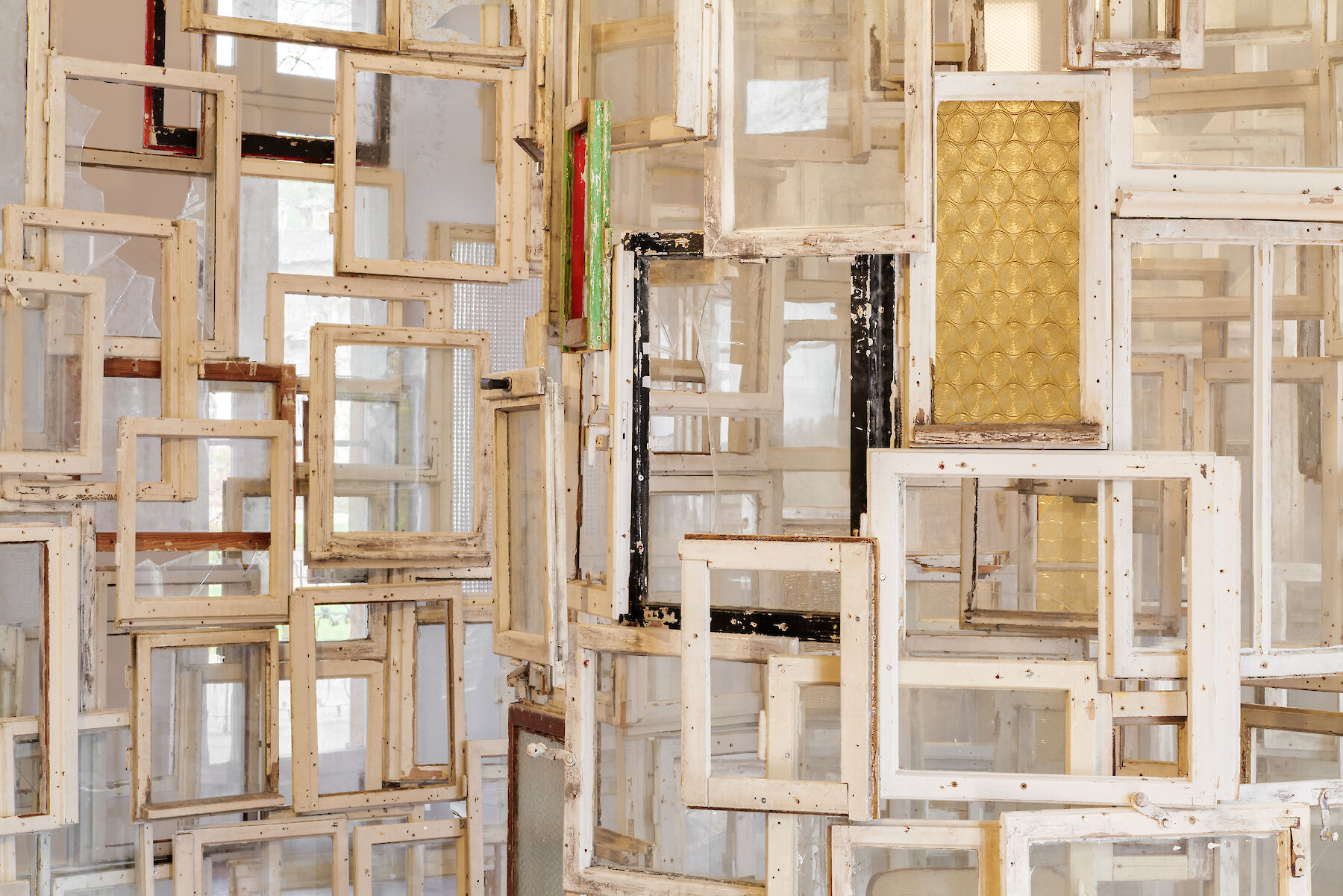Once called Museum of Manufactures or Museum of Industrial Art, the Decorative and Applied Arts museums in Germany had a clear mission: to serve as an education platform to teach industrialists, craftsmen, design students, and working class alike the notion of “good design”. Their motto was “Learning by example”.
The first Museum of Manufactures, the South Kensington Project, opened in 1852, inspired by the huge successes in attendance and commercial revenue of the Great Exhibition of 1851, at the Crystal Palace in London. This museum is better known as the Victoria and Albert Museum (V&A) today.
The original idea and structure of the V&A collection and program was devised by Henry Cole, the museum's first director, and the exiled German polymath architect, Gottfried Semper. The two men worked together previously on the Great Exhibition, where Cole as the general director of the project and Semper designing the presentations of several countries within the Crystal Palace. They would continue their working relationship through the V&A and beyond, when Cole, the director of the Government School of Design hired Semper as a lecturer.
Cole planned the V&A and its collection to be used as educational resources. First, to help boost a productive industry and, second, to establish public taste. He brought in articles created with innovative technology, showcased new production methods and materials, commissioned casting samples, and filled the museum with beautiful models of furniture and manufactured objects linked with arts and crafts.
Semper brought the scientific methodology of Separation, Classification, and Nomenclature to collections. By stepping away from the unintelligible mass of objects in a Wunderkammer, and into a world of collection, material categorization, and interpretation of objects. He defined the organization of the Ideal Museum. Early catalogues documented country of origin and materials of each object. Visitor demographics and attendance, entrance fees and opening hours were also tracked.
Interesting to know, the book Ideal Museum, written by an architect, art critic, and educator who lived and worked in Dresden for many years, Gottfried Semper, served as a blueprint for every Decorative and Applied Arts museum. The South Kensington Project model was replicated throughout Europe and the world, and is still in use today. The philosophy has been updated through the years to reflect contemporary ideas, mainly the purpose educational programs and target audiences. However, the collections management, classification and nomenclature still adhere to his ideal. Visitors can see this reflected in the Kunstgewerbemuseum in Dresden.
With the Design Campus, the Kunstgewerbemuseum returns to its roots as a teaching and educational collection, almost 150 years after its founding in 1876. At that time, the museum’s founding concept was a reaction to the upheavals caused by industrialization and capitalism. Now, the museum’s roles and concept are being revisited against the backdrop of the social transformations, environmental crisis, and technological disruptions of the 21st Century. It will take on new dimensions as a place and school for utopias.








